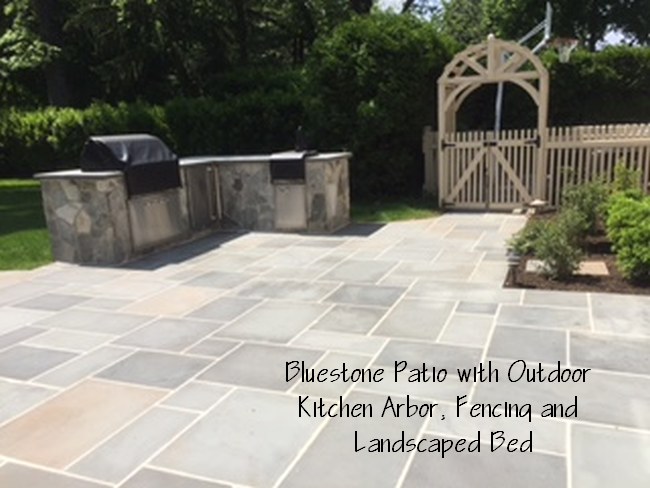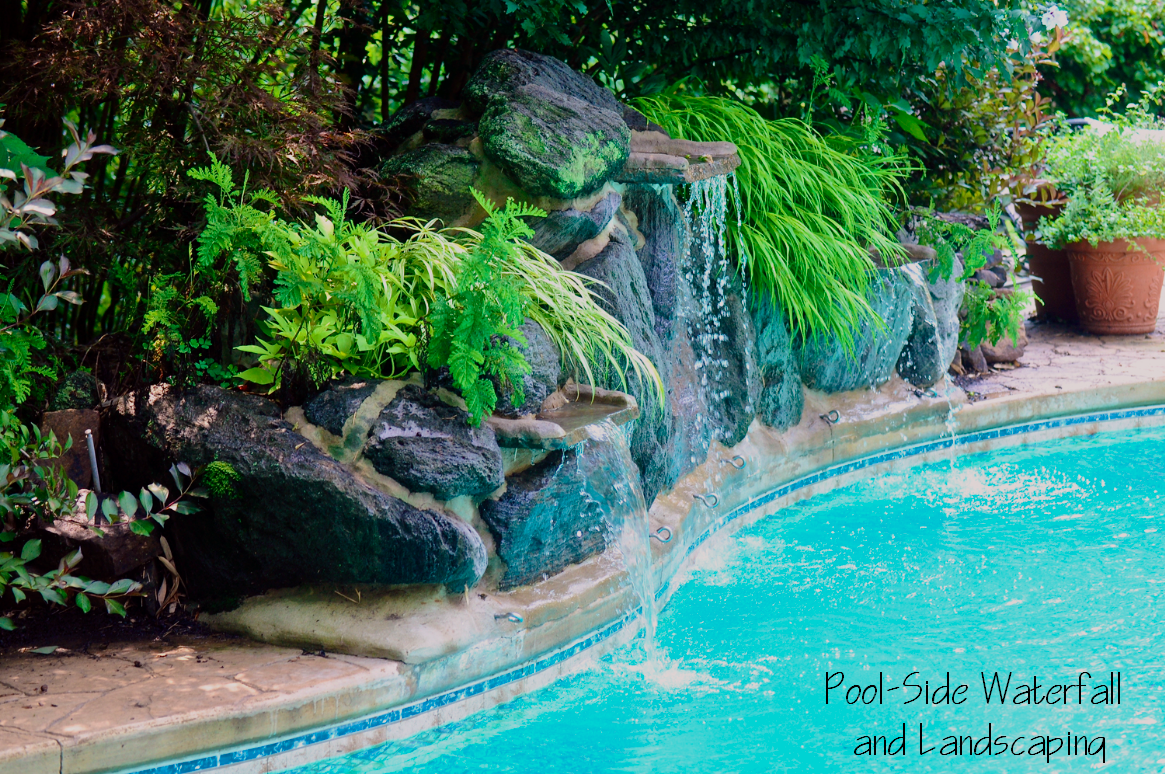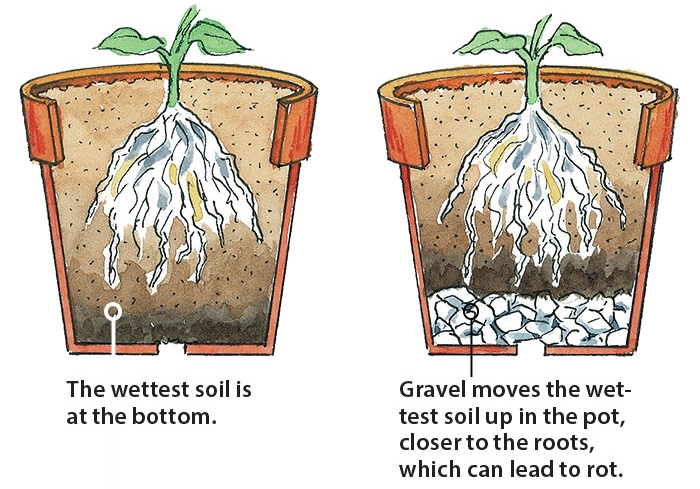In warm weather no one likes working in a hot kitchen. Even with air conditioning, it often just doesn’t seem all that comfortable.
And who doesn’t like the taste of fresh-grilled food? Cooking over an open flame gives food a flavor that you simply can’t produce in an indoor kitchen.
There are several options for setting up your outdoor cooking area.
The best way to cook is with a full outdoor stainless steel kitchen. You can install many of the amenities that you have indoors so you can make a gourmet meal to eat on your patio. It’s a great way to entertain too. If your home uses natural gas or propane, your built-in grill could be hooked up to your existing gas lines to avoid refilling a portable tank.
Just think about what you could do with all of these:
Barbecue Grill Refrigerator
Sink Storage cabinet
Storage drawers Trash bin
Bluestone work area Beverage dispenser / tap
Your kitchen could be installed under a pergola or pavilion for protection from the sun and weather. Lighting would let you work after dark.
Outdoor seating, fire table and a small kitchen under a pergola
A less expensive option is a simple kitchen. Select a couple of items from the list above or just install a grill.
If you just want a place to relax, you can mimic a campfire using a fire pit or upgrade that concept to a fire table. These are really great for socializing on warm summer evenings. Have a sip of hot cocoa, wine or some beer, or hang with the kids while toasting marshmallows.
If your patio needs upgrading, now would be the time to do that so you would be the talk of the town. Finish it up with some outdoor furniture and a sound system and you will have your own private heaven.
We’ve won awards for our masonry and outdoor kitchens. See what we could do for you.






















































